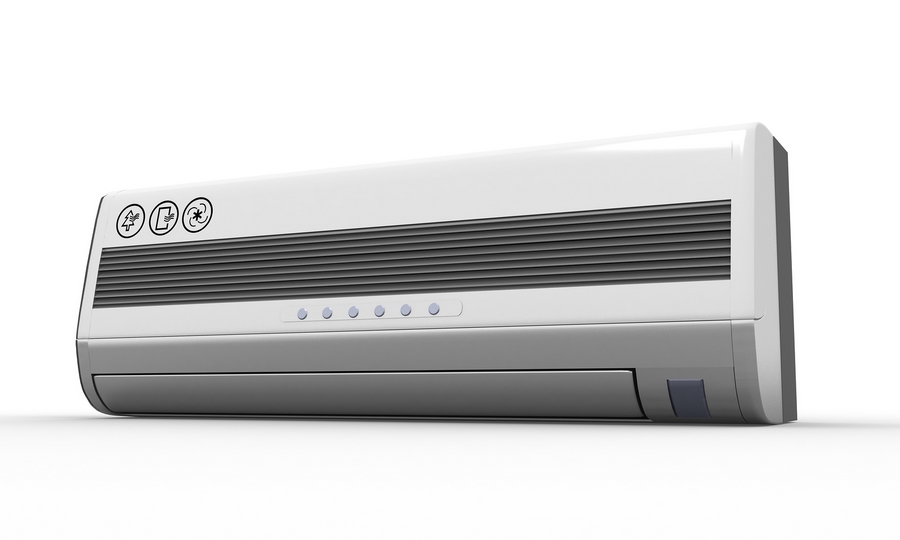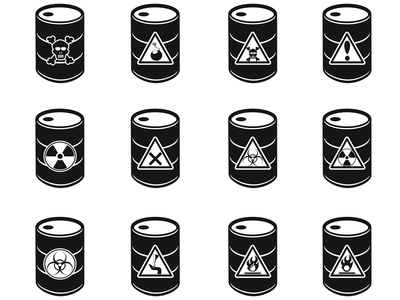Calibration involves determining or rectifying the graduation of an instrument that gives a quantitative measurement. The instrument tested is compared to a known reference value. It is a comparison between two measurements: one of known magnitude referred to as the standard against a second device which is the test instrument. The process is essential in weighing machines, for it determines the correct mass of products. Companies that supply steel, paper, power, and pulp depend on accurate masses as their invoicing is often based on process measurements. Therefore, they require calibrating their weighing instruments. Food and beverage, oil and gas and pharmaceutical industries require the service too. Here are four benefits of calibration service to ensure high-quality instrumentation.
1. Reliability
The service determines the level of accuracy of an instrument. When an instrument experiences physical stress over a period, its performance will begin to decline, a condition known as drift. Calibration minimizes instrument drift, which cannot be eliminated but rectified through this service. It is critical that all instruments are calibrated as the highest quality instruments drift too losing the ability to provide accurate measurements.
2. Safety
Calibration is of great importance, particularly from the viewpoint of production safety. In environments where high temperatures and pressures are involved, then the employees are at a higher risk. Incorrect measurements in these areas could lead to serious problems. The oil, gas and chemical sectors could put employee’s lives at risk by neglecting to calibrate their process machines.
3. Traceability
The service ensures that readings from one instrument are consistent with other measurements. Technicians record results on a calibration certificate. This ensures that the product quality remains high over a period and that the instrument can be trusted. If different measurements made with different instruments at different time relate, then the instruments are reliable.
4. Uncertainty
Calibration minimizes measurement uncertainties. It controls errors in instruments, bringing them to an acceptable level. This service enables users to have confidence in the results monitored by the instruments.
Trade analysis is the most effective method for determining when an instrument requires calibrating service. Calibration is all about the comparison between measurements. Sensors that are highly stable are not calibrated as frequently as those sensors that are more prone to drift. Calibration service is mostly used to establish the reliability of instruments for accuracy in the readings. You can find more info at the Calibration Service website.







